Home>Gardening & Outdoor>Plant Care & Gardening Tips>What Temperature Do Mums Freeze
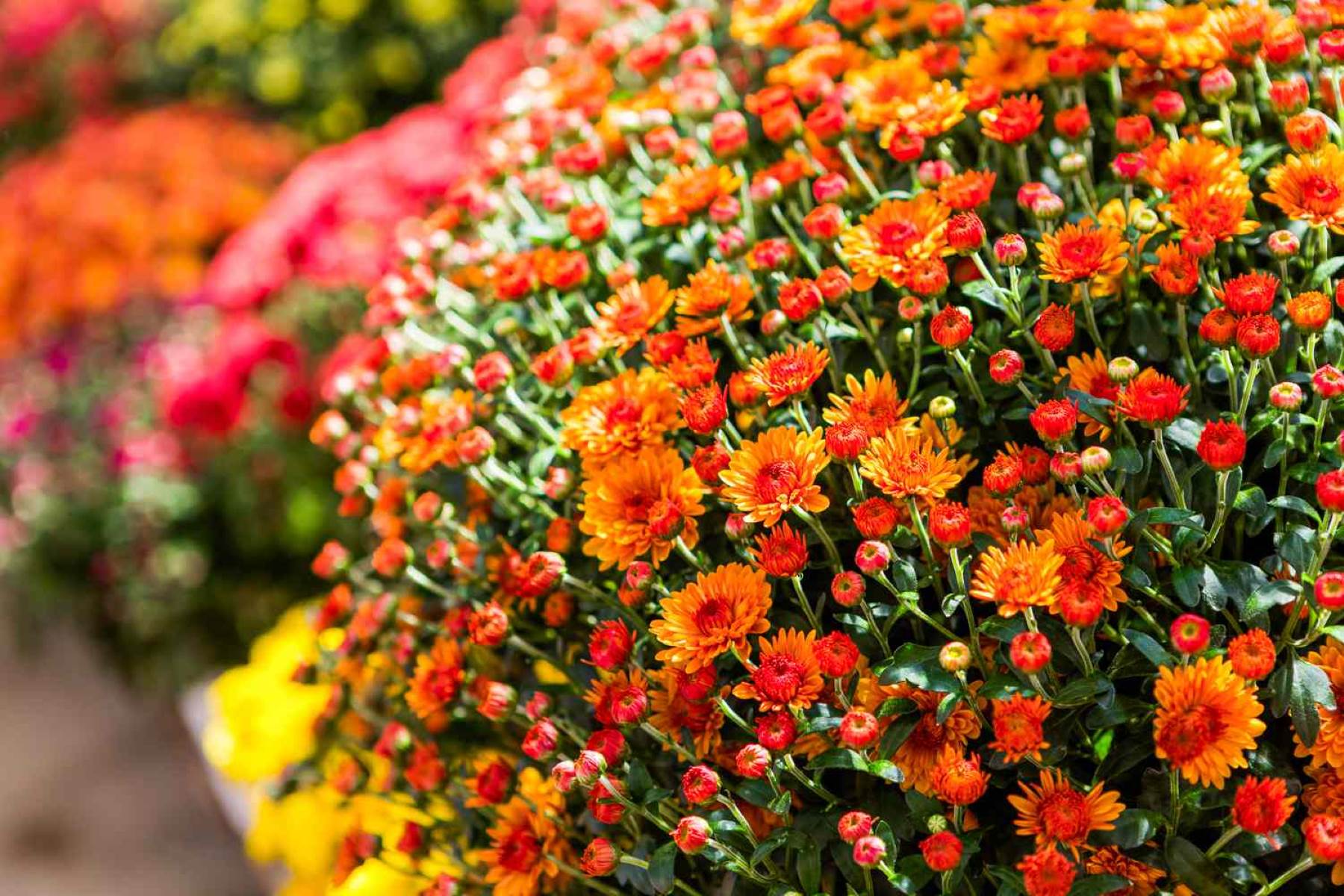

Plant Care & Gardening Tips
What Temperature Do Mums Freeze
Modified: April 22, 2024
Learn the best temperature for freezing mums and get expert plant care and gardening tips to keep your flowers healthy and vibrant. Discover the ideal conditions for preserving your mums.
(Many of the links in this article redirect to a specific reviewed product. Your purchase of these products through affiliate links helps to generate commission for Storables.com, at no extra cost. Learn more)
Introduction
Mums, also known as chrysanthemums, are beloved for their vibrant blooms and ability to thrive in various climates. As the seasons change and temperatures drop, it's crucial for gardeners and plant enthusiasts to understand the impact of freezing temperatures on these resilient flowers. The freezing point of mums is a critical factor in maintaining their health and ensuring their longevity. In this article, we will delve into the fascinating world of mums and explore the effects of freezing temperatures on these beautiful plants. Understanding the freezing point of mums is essential for safeguarding their well-being and preserving their ornamental beauty throughout the colder months. Let's embark on a journey to unravel the mysteries of mums and discover how to protect them from the chilling embrace of freezing temperatures.
Key Takeaways:
- Mums can withstand freezing temperatures from 28°F to 32°F, but ice formation can damage their delicate cells. Understanding their freezing point helps protect these resilient flowers during winter.
- Factors like genetics, acclimatization, soil moisture, and plant health influence mums’ ability to endure freezing temperatures. Practical tips like mulching and strategic planting help safeguard them from the cold.
Understanding the Freezing Point of Mums
Chrysanthemums, commonly referred to as mums, are renowned for their resilience and ability to thrive in diverse climates. However, when it comes to freezing temperatures, it's crucial to comprehend how mums respond to the cold. The freezing point of mums, like that of many plants, is a pivotal factor in determining their ability to withstand chilly weather.
Mums, being perennial plants, have developed natural mechanisms to cope with freezing temperatures. The freezing point for most mums typically ranges from 28°F to 32°F (-2°C to 0°C). When the temperature drops to this level, the water inside the plant's cells begins to freeze. This process can have significant implications for the plant's overall health and vitality.
As water freezes, it expands, which can cause damage to the delicate cell structures within the plant. The formation of ice crystals within the cells can lead to rupturing and irreversible damage. Additionally, freezing temperatures can disrupt the flow of nutrients and water within the plant, further impacting its ability to survive and thrive.
Understanding the freezing point of mums is essential for gauging their resilience in cold conditions. It allows gardeners and enthusiasts to anticipate the potential impact of freezing temperatures on these beloved flowers. By gaining insights into how mums respond to the cold, individuals can take proactive measures to protect and preserve these ornamental plants during the winter months.
In the next section, we will explore the various factors that can influence the freezing temperature of mums, shedding light on the dynamic nature of these resilient flowers in the face of frosty conditions.
Factors Affecting the Freezing Temperature of Mums
Several factors play a pivotal role in influencing the freezing temperature of mums, ultimately impacting their ability to withstand cold conditions. Understanding these factors is crucial for gardeners and plant enthusiasts seeking to protect their mums from the detrimental effects of freezing temperatures.
-
Variety and Genetics: The genetic makeup of mums significantly influences their tolerance to freezing temperatures. Certain varieties have been bred to exhibit enhanced cold resistance, allowing them to endure lower temperatures without sustaining damage. When selecting mums for a garden or landscape, it's essential to consider the specific variety's cold tolerance to ensure its ability to withstand freezing conditions.
-
Acclimatization: Mums, like many plants, have the remarkable ability to acclimate to changing environmental conditions. Through a process known as cold acclimation, mums can gradually adapt to lower temperatures, enhancing their ability to withstand freezing conditions. This natural adaptation involves physiological changes within the plant, such as the accumulation of protective compounds and the adjustment of cellular processes to mitigate the impact of freezing temperatures.
-
Soil Moisture: The moisture content of the soil surrounding mums can influence their susceptibility to freezing temperatures. Well-drained soil allows excess water to escape, reducing the risk of ice formation around the plant's roots. In contrast, waterlogged soil can pose a threat to mums during freezing conditions, as the presence of excess moisture can lead to ice accumulation around the roots, potentially causing damage to the plant.
-
Environmental Conditions: External factors, such as humidity levels, wind exposure, and sunlight, can impact the freezing temperature of mums. High humidity coupled with freezing temperatures can result in the formation of ice on the plant's foliage, potentially causing damage. Additionally, exposure to harsh winds can exacerbate the impact of freezing temperatures on mums, leading to increased desiccation and potential cold injury.
-
Plant Health and Vigor: The overall health and vigor of mums play a significant role in their ability to withstand freezing temperatures. Well-nourished and robust plants are better equipped to endure cold conditions, as they can allocate resources towards fortifying their cellular structures and maintaining essential physiological processes, thus enhancing their resilience to freezing temperatures.
By considering these factors, gardeners and plant enthusiasts can gain valuable insights into the dynamic nature of mums and implement strategic measures to protect these resilient flowers from the adverse effects of freezing temperatures. In the following section, we will explore practical tips for safeguarding mums from freezing temperatures, empowering individuals to nurture these vibrant plants throughout the colder months.
Mums can tolerate light frosts, but they may freeze and die if exposed to temperatures below 25°F (-4°C) for an extended period. It’s best to protect them with a layer of mulch or bring them indoors during extreme cold.
Tips for Protecting Mums from Freezing Temperatures
As the temperatures plummet and winter approaches, it becomes imperative for gardeners and plant enthusiasts to take proactive measures to shield their cherished mums from the potentially damaging effects of freezing temperatures. By implementing strategic safeguards, individuals can ensure the resilience and longevity of these vibrant flowers throughout the colder months. Here are essential tips for protecting mums from freezing temperatures:
-
Mulching: Applying a layer of organic mulch, such as straw or shredded leaves, around the base of mums can provide insulation and shield the roots from extreme cold. Mulch acts as a protective barrier, helping to maintain more stable soil temperatures and reducing the risk of frost damage.
-
Watering: Adequate hydration is crucial for mums to withstand freezing temperatures. Before the onset of freezing weather, ensure that mums are well-watered. Moist soil can retain heat more effectively, offering a degree of protection against the cold. However, it's essential to avoid waterlogging, as excessively wet soil can increase the risk of root damage during freezing conditions.
-
Covering: When frost or freezing temperatures are forecasted, consider covering mums with breathable fabric or frost cloths during the night. This protective layer can help trap heat radiating from the soil, creating a microclimate that mitigates the impact of freezing temperatures on the plants.
-
Strategic Planting: When selecting locations for mums in the garden or landscape, opt for areas with adequate sunlight and good air circulation. Well-ventilated spaces can reduce the likelihood of frost formation on the plant's foliage, minimizing the risk of cold-related damage.
-
Pruning: Trim back any dead or diseased foliage on mums before the arrival of freezing temperatures. Pruning helps redirect the plant's resources towards healthy growth and can prevent the spread of diseases that may be exacerbated by cold and damp conditions.
-
Container Mums: If mums are cultivated in containers, consider relocating them to a sheltered area, such as a garage or covered porch, during periods of extreme cold. This provides added protection from freezing temperatures and harsh winter winds.
-
Cold-Hardy Varieties: When choosing mums for the garden, opt for cold-hardy varieties that are specifically bred to withstand lower temperatures. These resilient cultivars exhibit enhanced tolerance to freezing conditions, offering greater assurance of survival during winter.
By implementing these practical tips, gardeners and plant enthusiasts can safeguard their mums from the detrimental effects of freezing temperatures, ensuring the continued vibrancy and beauty of these beloved flowers throughout the winter season. With thoughtful care and strategic measures, mums can thrive and flourish, defying the challenges posed by icy temperatures and embracing the resilience ingrained in their nature.
Conclusion
In conclusion, the freezing point of mums is a critical aspect that profoundly influences their ability to withstand cold temperatures and thrive throughout the winter season. Understanding the dynamic interplay of factors that impact the freezing temperature of mums empowers gardeners and plant enthusiasts to take proactive measures to protect these resilient flowers from the potentially damaging effects of frost and icy conditions.
As we've explored, the genetic makeup of mums, their capacity for acclimatization, soil moisture levels, environmental factors, and overall plant health all contribute to their resilience in the face of freezing temperatures. By considering these factors, individuals can make informed decisions when selecting mums for their gardens and implement strategic measures to safeguard these vibrant flowers from the chilling embrace of winter.
The practical tips provided offer actionable guidance for protecting mums from freezing temperatures, emphasizing the importance of mulching, strategic watering, covering, thoughtful planting, pruning, and the selection of cold-hardy varieties. These measures not only serve to shield mums from the adverse effects of freezing temperatures but also contribute to their overall health and vitality, ensuring their continued vibrancy and ornamental beauty.
As we bid farewell to the warmth of autumn and embrace the frosty embrace of winter, the resilience of mums shines through, symbolizing nature's enduring spirit in the face of adversity. By nurturing these beloved flowers and safeguarding them from freezing temperatures, individuals can witness the remarkable tenacity and beauty of mums as they weather the cold and emerge with renewed vigor in the spring.
In essence, the freezing point of mums serves as a testament to their remarkable adaptability and the profound connection between plants and the ever-changing seasons. By embracing the knowledge of their freezing temperature and implementing thoughtful care, individuals can cultivate a thriving garden adorned with the vibrant hues of mums, celebrating the resilience and enduring beauty of these beloved flowers throughout the winter months and beyond.
Frequently Asked Questions about What Temperature Do Mums Freeze
Was this page helpful?
At Storables.com, we guarantee accurate and reliable information. Our content, validated by Expert Board Contributors, is crafted following stringent Editorial Policies. We're committed to providing you with well-researched, expert-backed insights for all your informational needs.
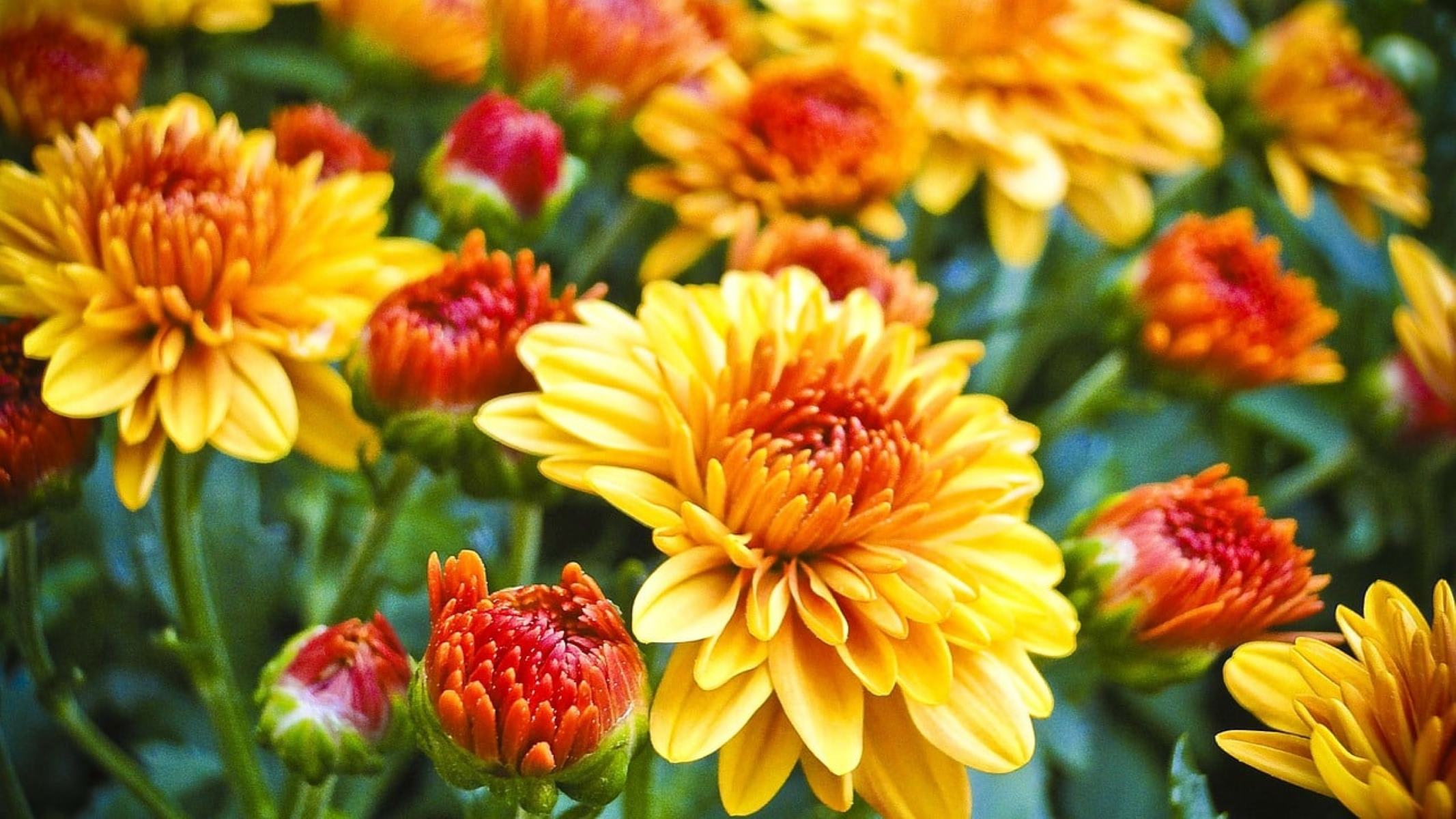
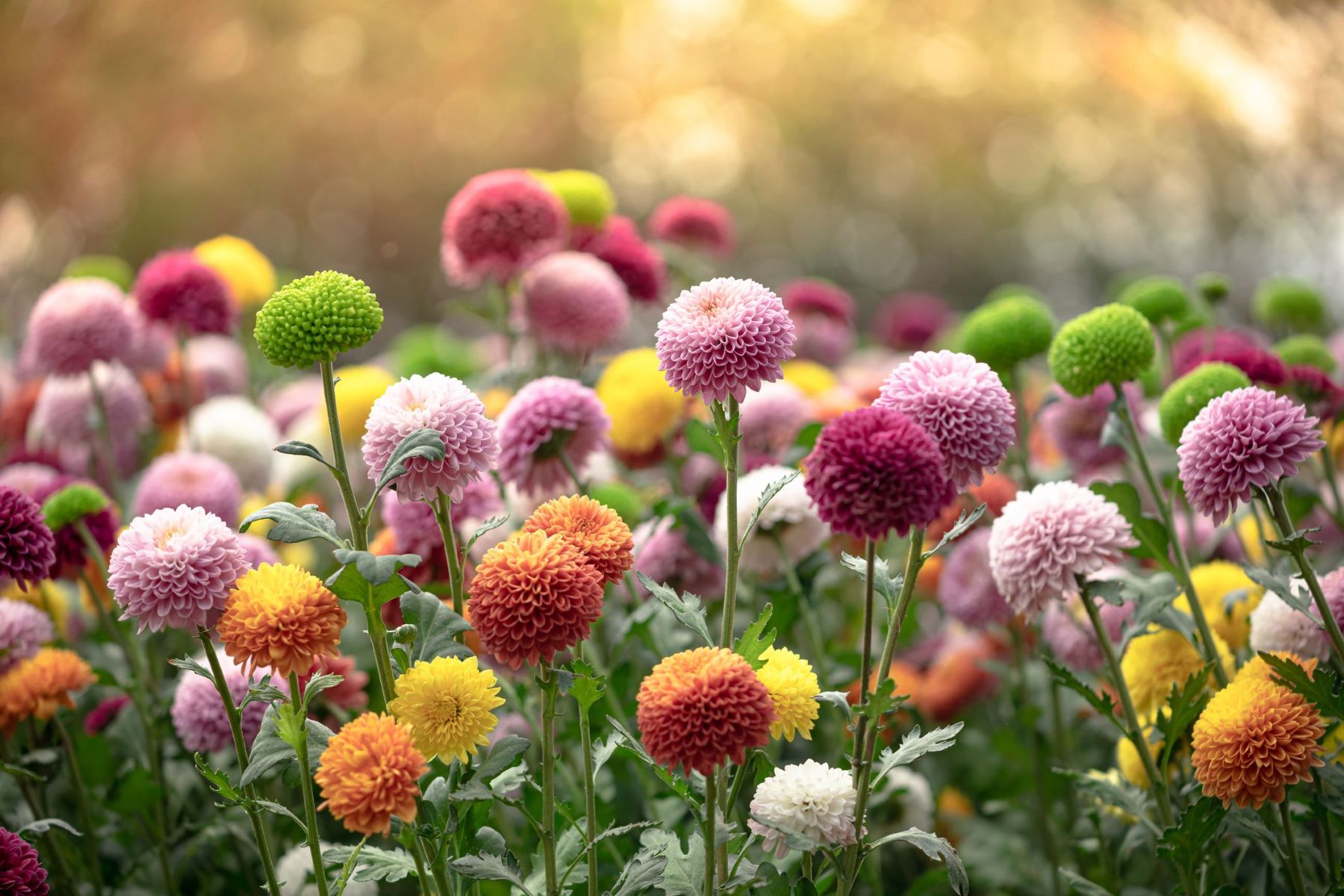
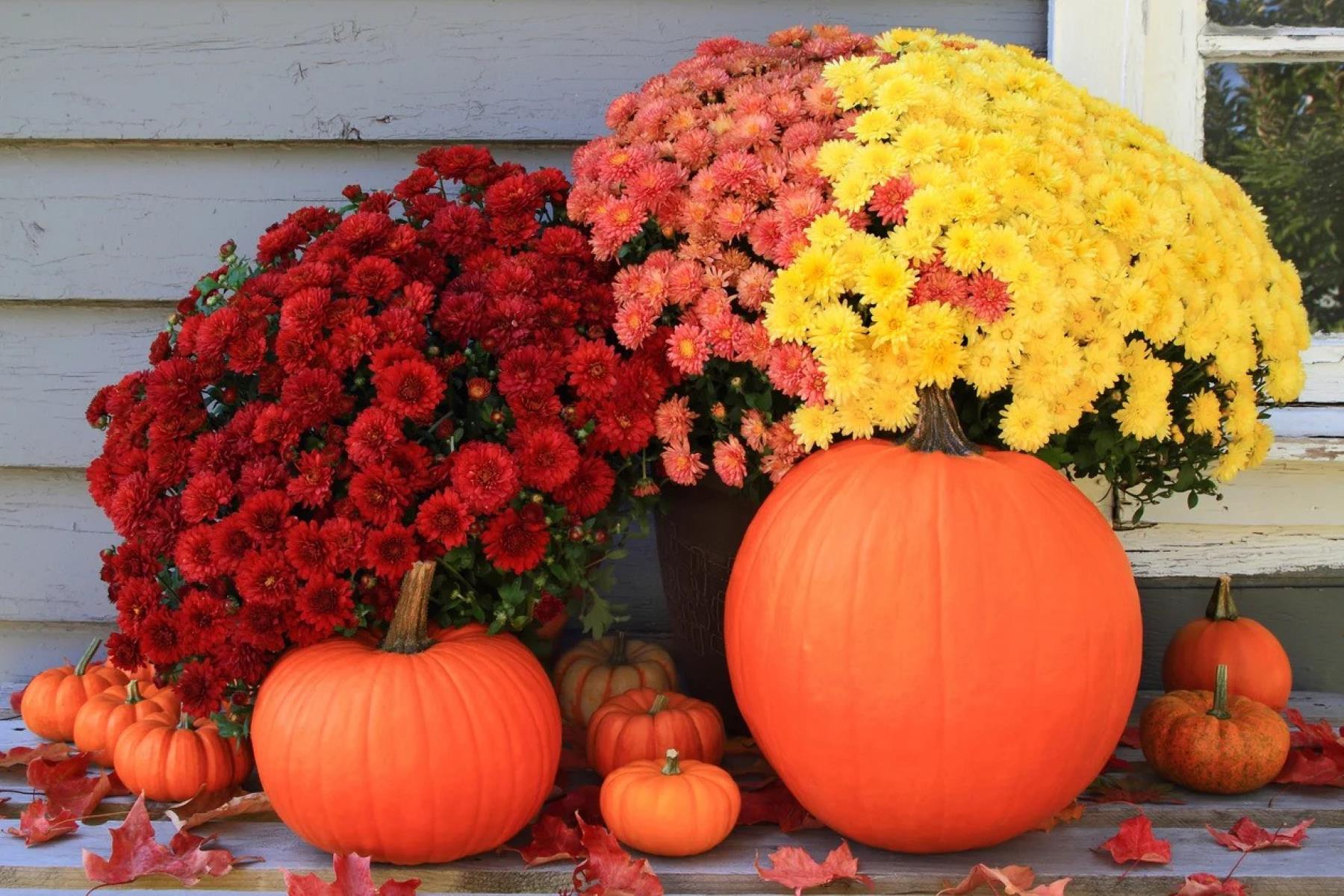
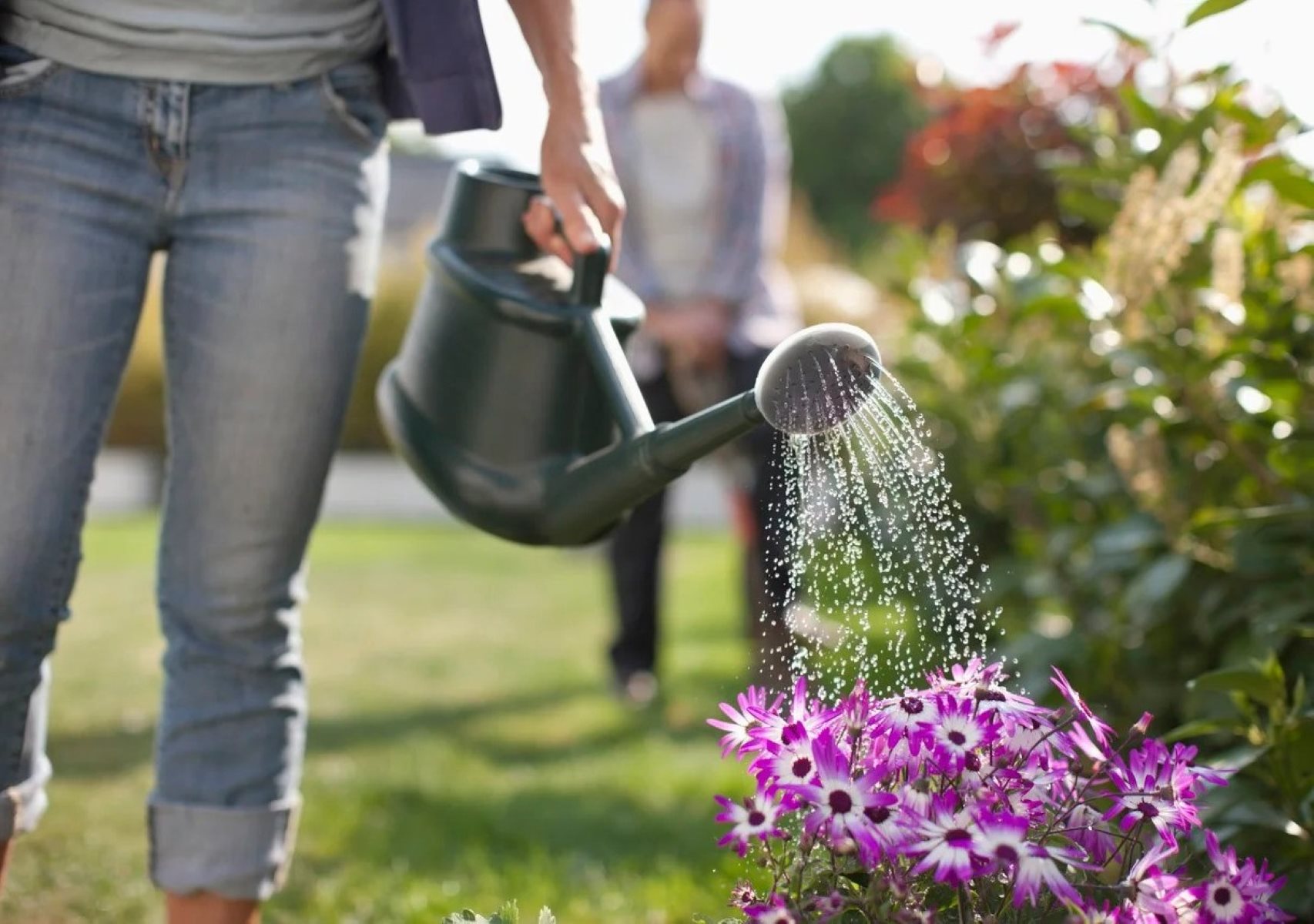

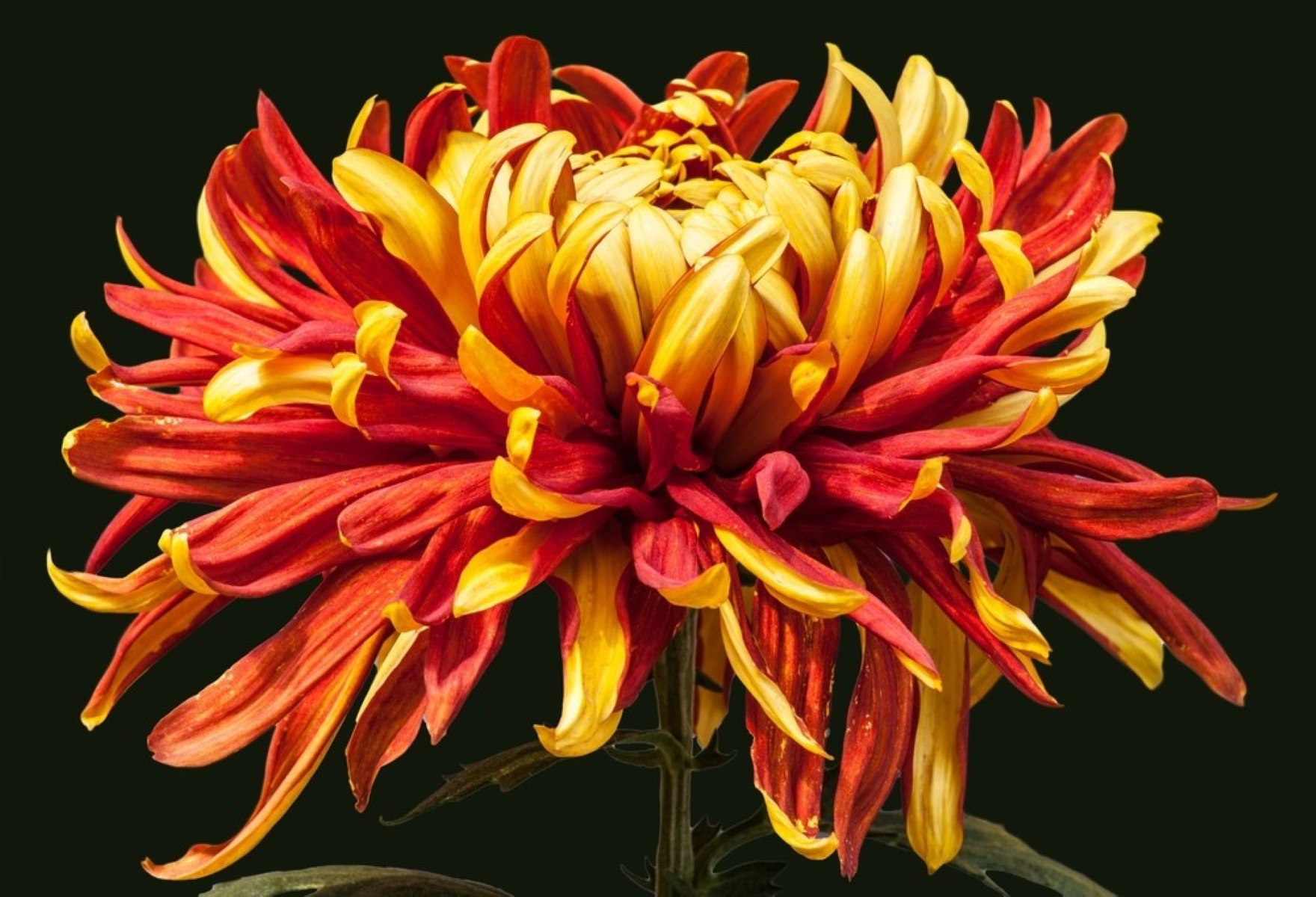

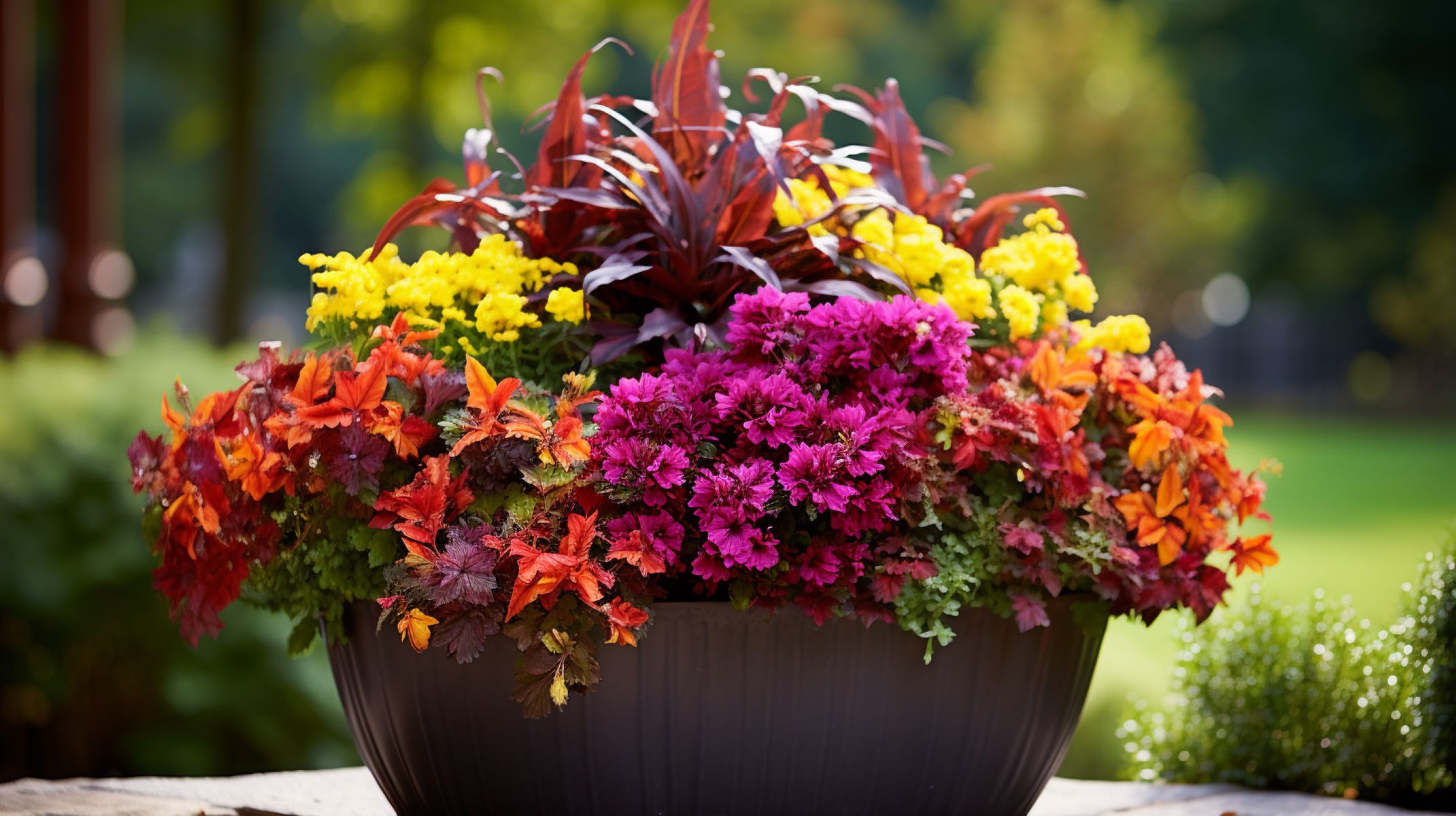
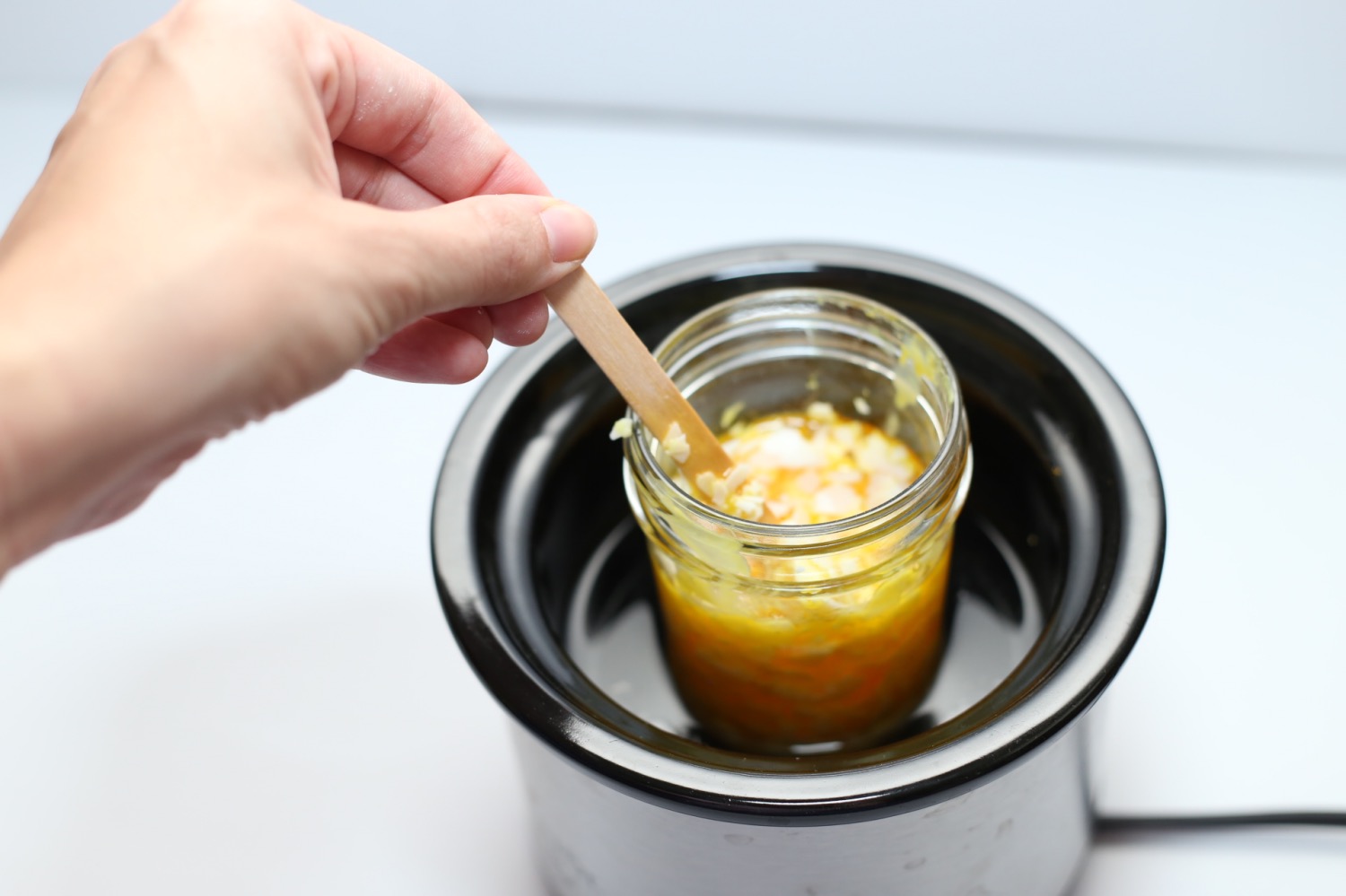
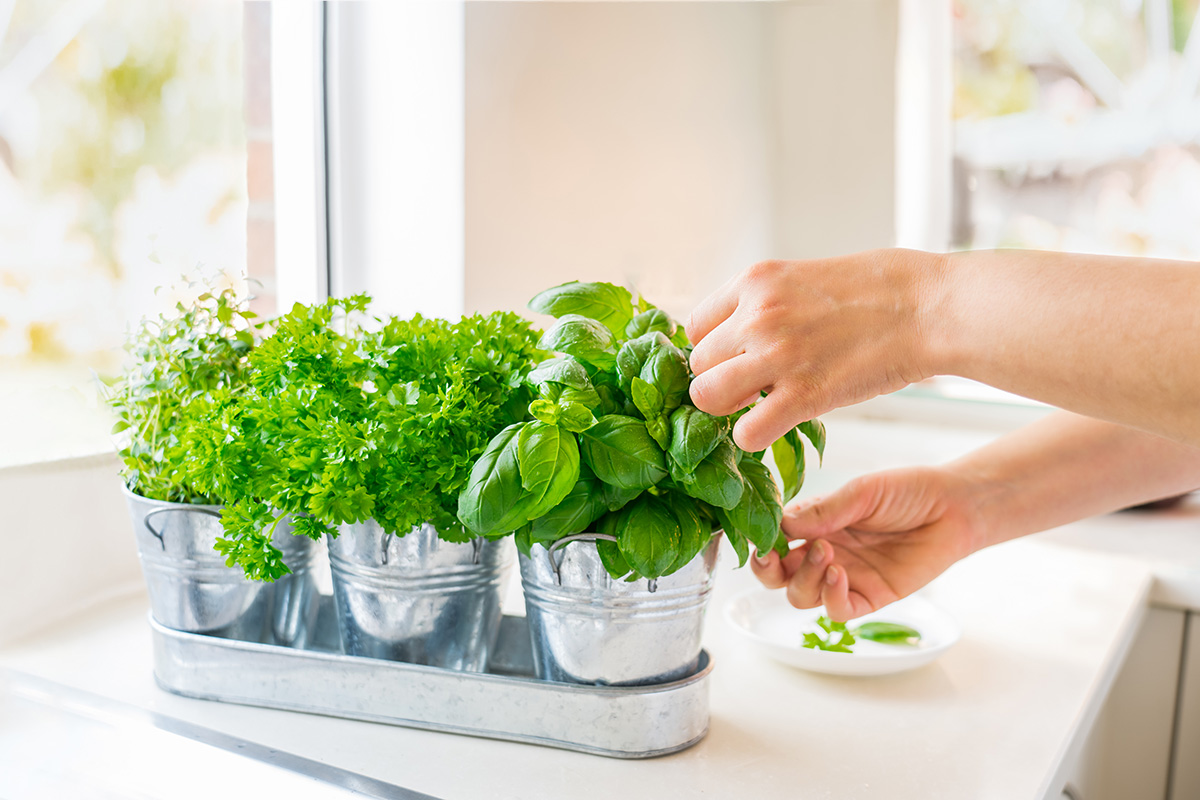
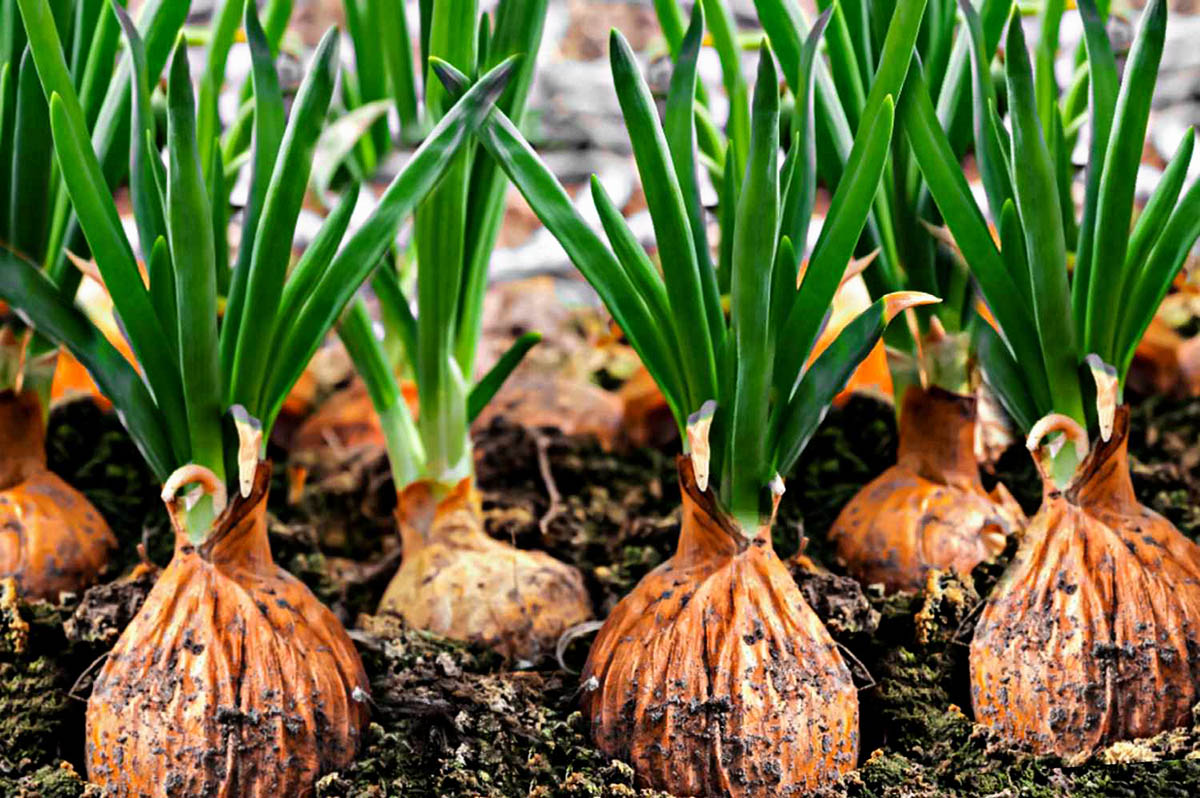
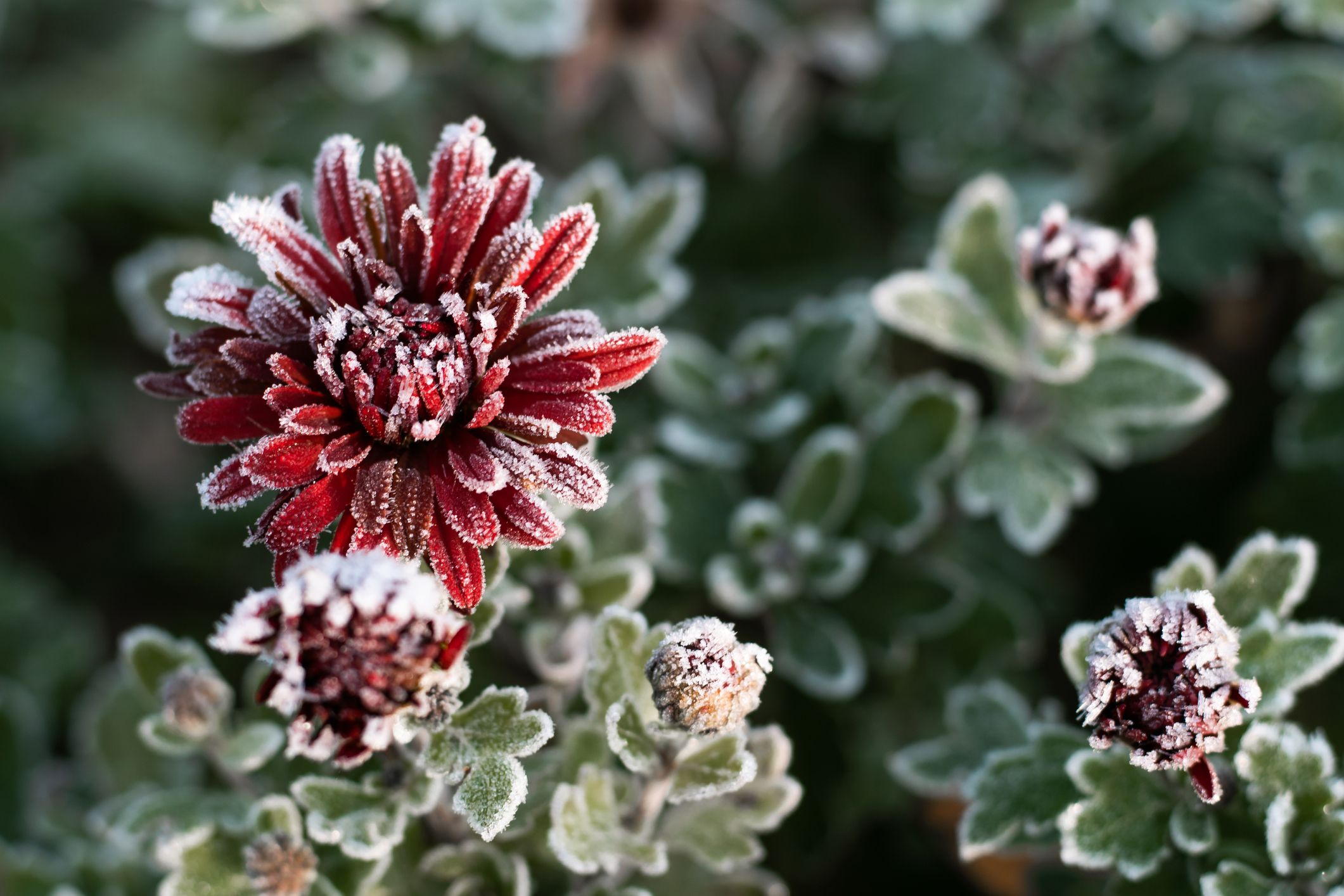
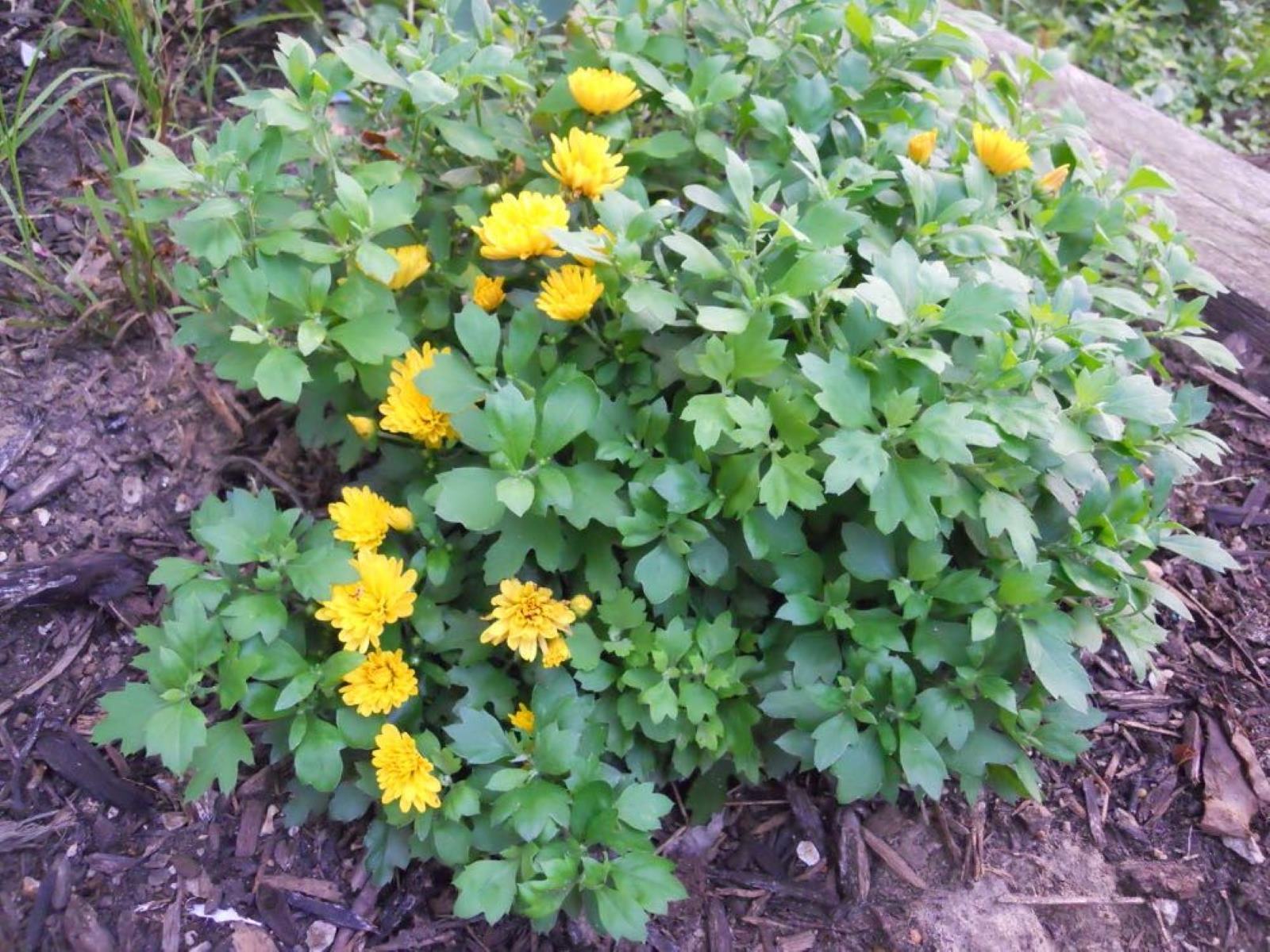
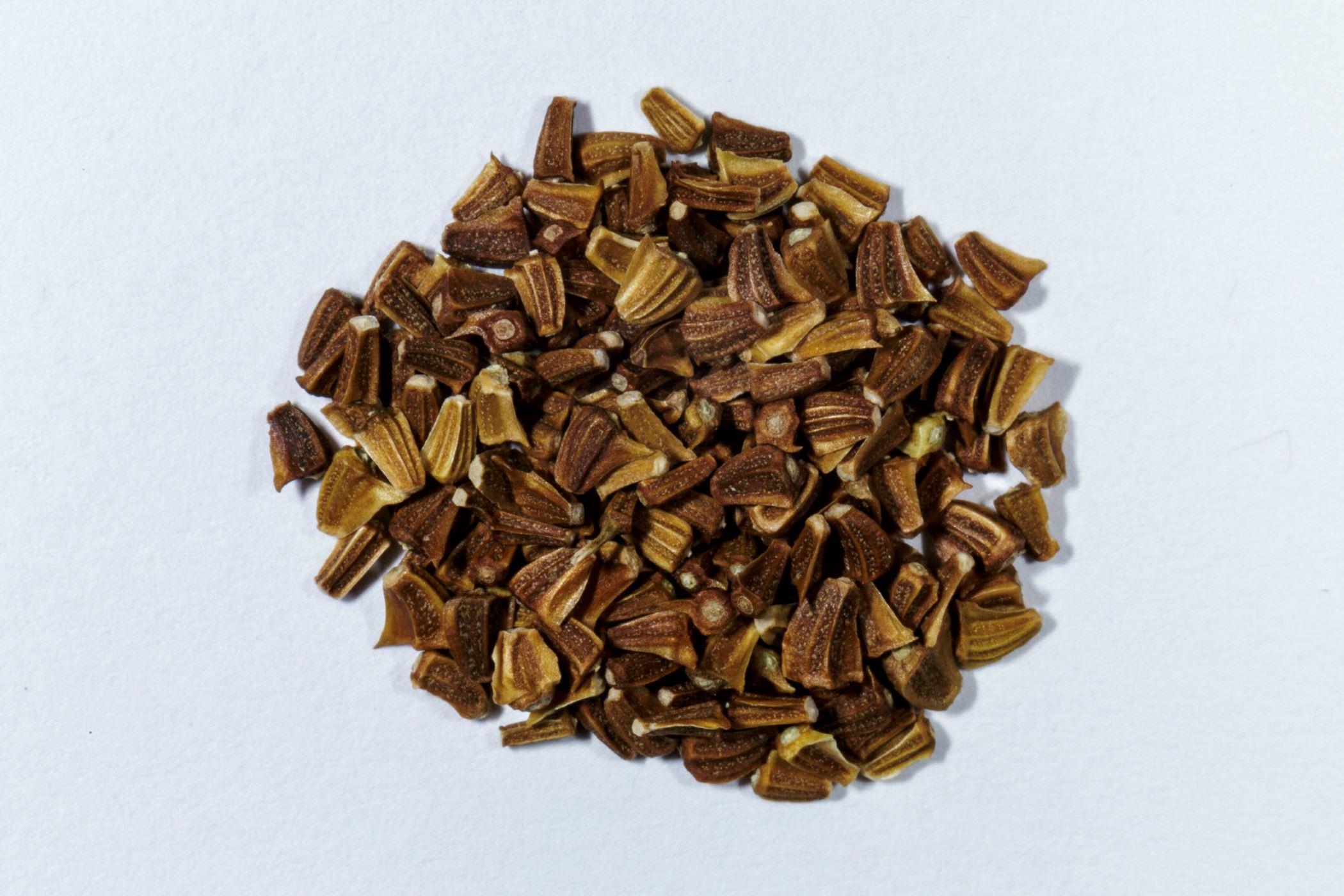
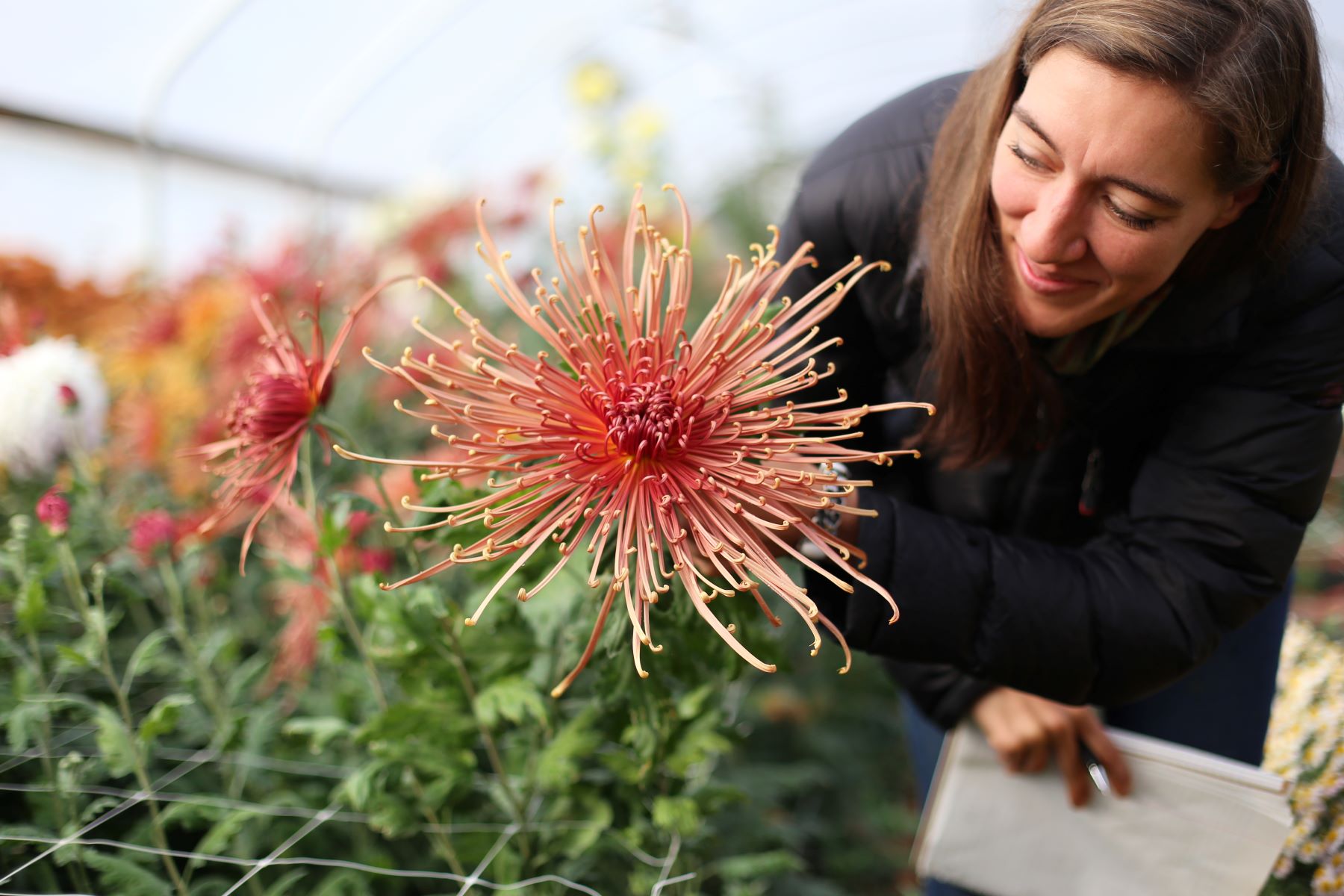

0 thoughts on “What Temperature Do Mums Freeze”